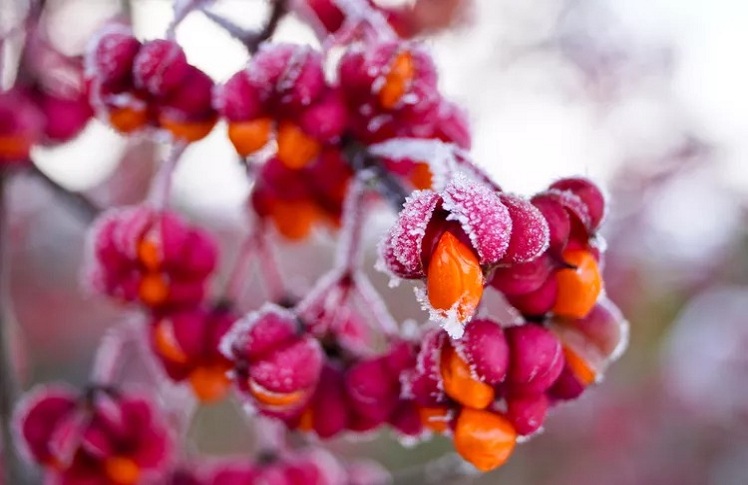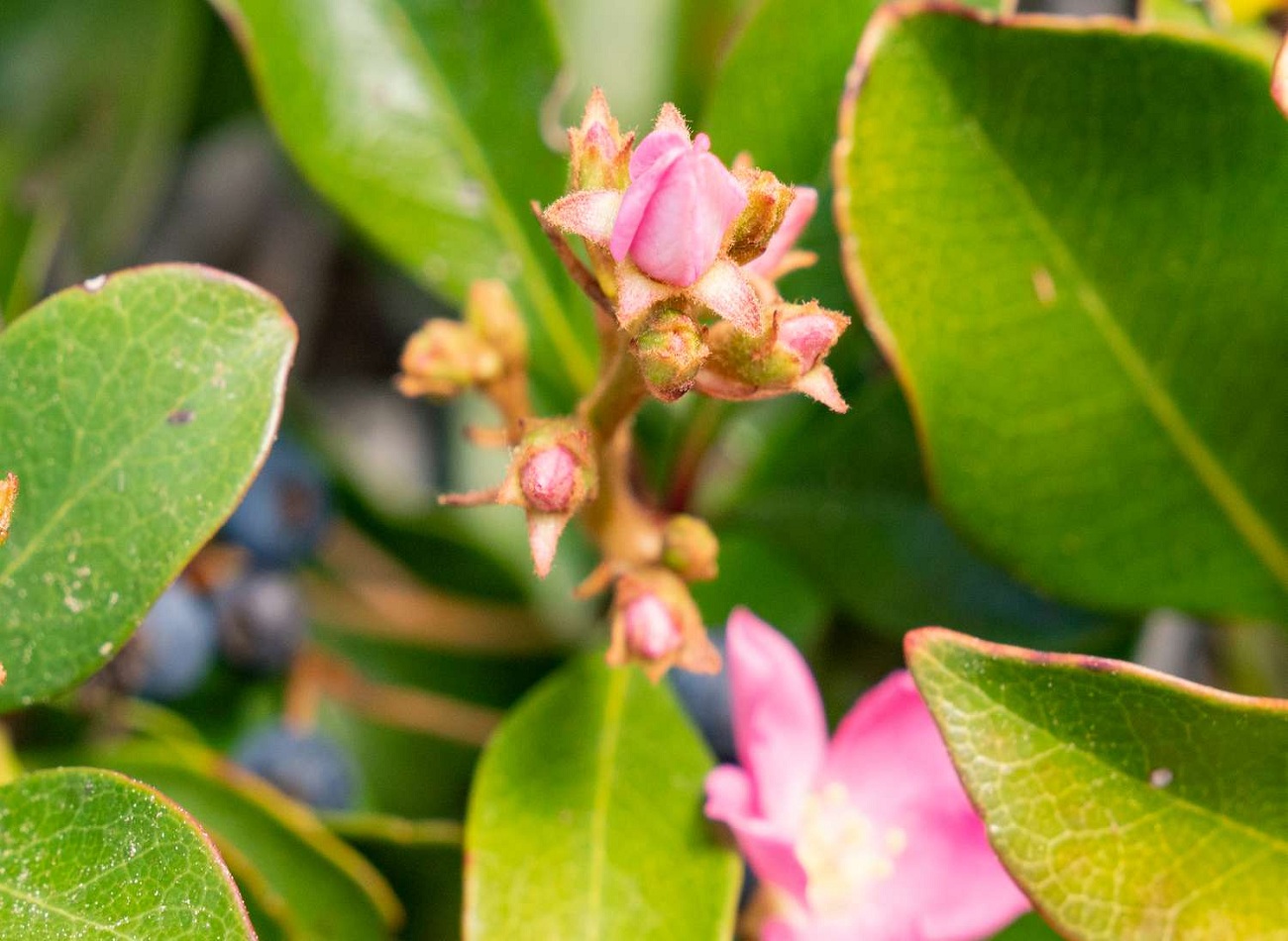Some flowering plants take years to produce their first buds, but even healthy plants frequently produce a lot of leaves but no flowers. A lack of flowers can be caused by a number of factors, some of which we can change and others of which we must accept_ and typically one of the following five issues is involved.
Using Too Much Fertilizer
Although a high-nitrogen fertilizer will result in a profusion of green leaves, this will likely come at the expense of flower production. True, plants require phosphorus to produce flower buds. However, it’s important to take a step back and assess the situation before applying fertilizer.
If the condition of your plants appears to be otherwise normal, you should look elsewhere for the cause of the problem. If they start showing signs of illness or stress, you should examine the growing conditions.
Is there enough light and water for the plant to thrive? Is there anything that looks like it might be a disease or pest? If there are other plants in the area, how do they compare? Has the soil been tested lately? No amount of fertilizer will benefit your plants if the soil pH is too low or too high. There is connection between all of these elements.
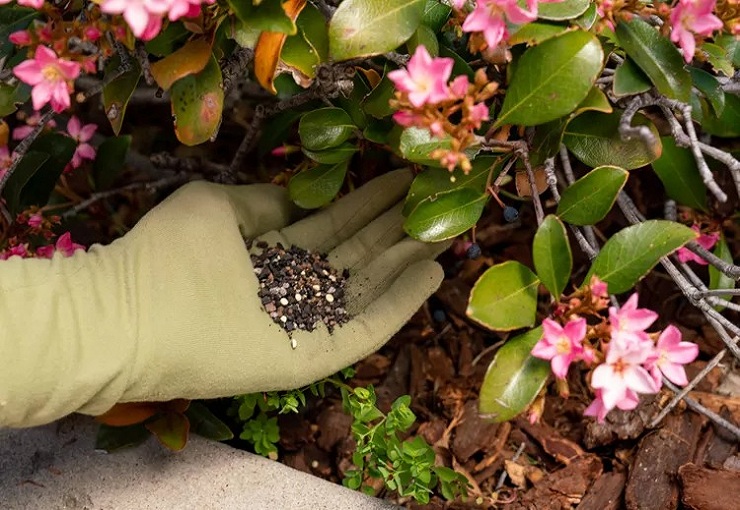
Pruning at the Wrong Time
Late season pruning used to be a common reason why shrubs and trees wouldn’t bloom. The flower buds of next year can be lost if plants are pruned too late in the season.
It is possible to anticipate the blooming of lilacs, forsythia, and certain hydrangeas by setting their buds a year in advance. However, as new plants that can bloom on new growth are developed, this is becoming less of an issue. In particular, new hydrangea varieties are introduced every year that continue to bloom throughout the season even if you cut them while they’re still young.
However, if you want to keep older shrubs and trees, you’ll need to know when to stop pruning.

Waiting for Maturity
Most plants need time to establish themselves and grow roots before they can produce flowers. Keep in mind that plants don’t bloom just to attract attention to themselves. Flowering is a very taxing process that is essential for the survival of their species.
Biannuals, for example, bloom only once and then die. To prevent a plant from going to seed, deadheading is essential.
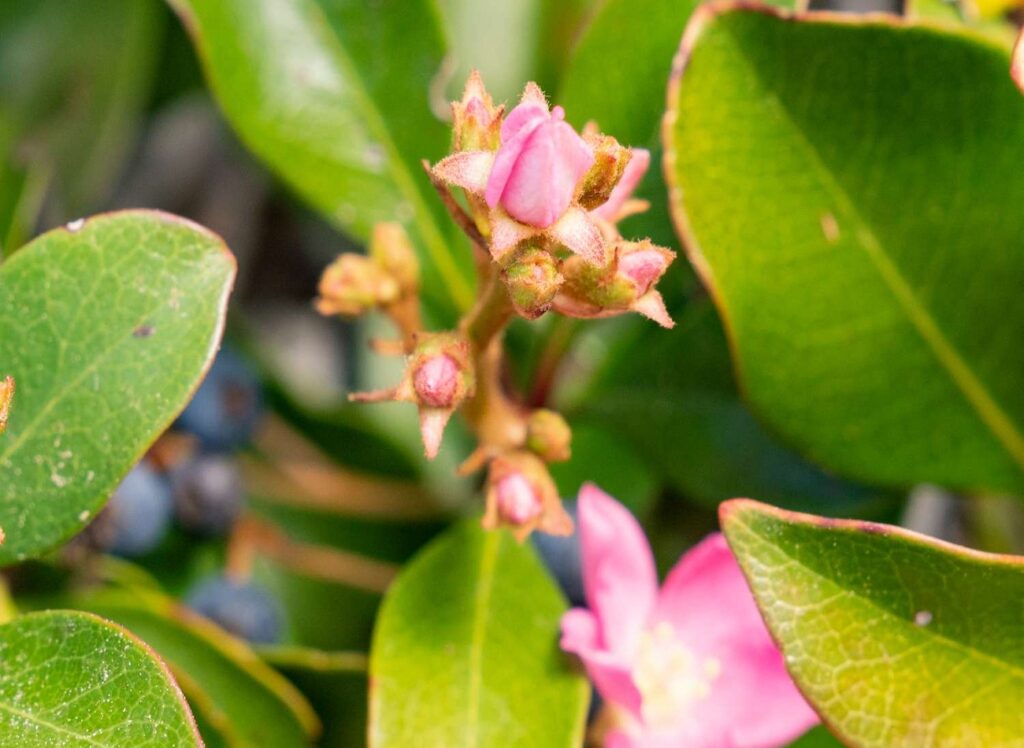
Exposing to Sunlight & Warmth
If you want your flowers to bloom, you should give them at least six hours of sunlight. Sunlight is essential for photosynthesis, the process by which plants convert carbon dioxide and water into the sugars they use for nutrition.
They become agitated if they don’t get enough sun. When under stress, plants often sacrifice growth, such as flowering or fruiting, in favor of simply surviving. In general, the plant’s growth will become sparse, and it will tower upwards, reaching for the sunlight.
Flowering is also affected by temperature. The time of day the light comes on your flower garden also plays a role, as the warmth of the sun is often what is required for a flower to open.
The morning sun is comparatively chilly. East-facing plant life may only receive morning sunlight. Those flowers that thrive in “full sun” will do best in a western exposure, where they will be bathed in the sun’s hottest rays in the afternoon.
The afternoon sun can be too much for some plants, so it’s important to research the needs of your specific species.
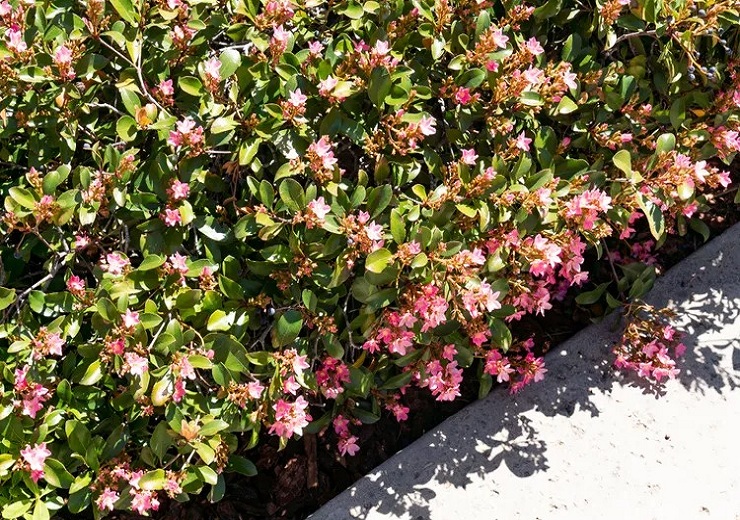
Controlling Winter Damage
The condition of your plants can be greatly affected by the weather. Since snow insulates and shields vegetation, it rarely causes issues. However, flower buds are easily damaged or killed by the cold, especially if there is no snow cover and the winds are harsh and frigid.
Dry winters can cause plants to stop flowering as they go into survival mode, whereas wet springs can bring on early fungal infections and rot.
Flowers that require a period of cold to set buds or break dormancy, such as spring bulbs and peonies, will not get what they require if the winter is too warm. Some plants may also break dormancy early because of this, only to be severely damaged by a late-spring frost or snowstorm.
Wet, dry, too cold, or just right? Only by seeking out varieties that do well in our region can we hope to remedy this situation. Even so, there will be times when we simply have to roll with the punches.
Knowing the basics of the flower you’re growing can help you succeed:
Annuals should flower in their first year, but maturity can take several months. Mid to late summer is about the earliest you might see flowers.
Biennials like hollyhocks, don’t bloom at all in their first year and die soon after they bloom in their second year.
Perennials are being bred to bloom faster. If you buy large plants, they should be mature enough to bloom the first year you plant them. In fact, even flowering trees and shrubs are being designed with the impatient gardener in mind. It’s important to remember that many old-fashioned cultivars are still available and will benefit from some time to acclimate. After that, they should be reliable bloomers.
